The Algonquin Who's Who: Not the Main Two


 January 19 15, 1887-January 23, 1943
January 19 15, 1887-January 23, 1943
Bio:
Drama critic for the New York Times and New York World and commentator for The New Yorker magazine, CBS radio star as the Town Crier, model for the character of Sheridan Whiteside in Kaufman and Hart’s "The Man Who Came to Dinner" and for the far less likable character Waldo Lydecker in the 1944 film Laura. He claimed to be the inspiration for Rex Stout's brilliant detective Nero Wolfe, but Stout, although he was friendly to Woollcott, said there was nothing to that idea.

 November 23, 1888-September 28, 1964
November 23, 1888-September 28, 1964
Bio:
An American comedian, musician, card player and film star. He was the second oldest of the Marx Brothers. His comic style was influenced by clown and pantomime traditions. He wore a curly reddish wig, and never spoke during performances (he blew a horn or whistled to communicate). Marx frequently used props such as a walking stick with a built-in bulb horn, and he played the harp in most of his films.

 November 15, 1881-March 23, 1960
November 15, 1881-March 23, 1960
Bio:
Columnist at the New York Tribune, the New York World, and the New York Evening Post; wrote the "Always in Good Humor" and "The Conning Tower" columns. Always known by his initials FPA and his wit. A prolific writer of light verse.

 December 7, 1888-December 18, 1939
December 7, 1888-December 18, 1939
Bio:
American journalist. He worked as a sportswriter, newspaper columnist, and editor in New York City for such papers and the New York Tribune and New York World. He founded the American Newspaper Guild, now known as The Newspaper Guild. He is best remembered for his writing on social issues and his championing of the underdog. He believed that journalists could help right wrongs, especially social ills.

 December 13, 1890-December 21, 1980
December 13, 1890-December 21, 1980
Bio:
Newspaperman turned playwright, director, producer, performer, and lyricist; co wrote plays with George S. Kaufman. Won Pulitzer Prize for Drama in 1930 for the play The Green Pastures.

 1887-September 18, 1934
1887-September 18, 1934
Bio:
Broadway press agent and a freelance writer who worked for women's rights in New York City, USA, during the era before and after World War I and helped pass Nineteenth Amendment for women’s rights, married Heywood Broun. Hale's cause led her to fight for women to be able to legally preserve their maiden name after marriage. She challenged in the courts any government edict that would not recognize a married woman by the name she chose to use.

 November 16, 1889-June 2, 1961
November 16, 1889-June 2, 1961
Bio:
Playwright, New York Times drama editor, drama critic, producer, director, actor and humorist. In addition to comedies and political satire, he wrote several musicals, notably for the Marx Brothers. One play and one musical that he wrote won the Pulitzer Prize for Drama: You Can't Take It With You (1937, with Moss Hart), and Of Thee I Sing (1932, with Morrie Ryskind and Ira Gershwin). He also won the Tony Award as a Director, for the musical Guys and Dolls. Wrote forty-five plays (twenty-six hits).

 November 6, 1892-December 6, 1951
November 6, 1892-December 6, 1951
Bio:
Founded The New Yorker with his wife, Jane Grant, which he edited from the magazine's inception in 1925 to his death. In World War I, he enlisted in the U.S. Army Eighteenth Engineers Railway Regiment. In France, he edited the regimental journal and went to Paris to work for the Stars and Stripes, serving from February 1918 to April 1919. On the Stars and Stripes, he met Alexander Woollcott, Cyrus Baldridge, Franklin Pierce Adams, and Jane Grant.

 April 4, 1896-November 4, 1955
April 4, 1896-November 4, 1955
Bio:
Vanity Fair drama editor, Life editor, author, playwright who won four Pulitzer Prizes. Won Oscar for writing The Best Years of Our Lives.
 August 15, 1885-April 16, 1968
August 15, 1885-April 16, 1968
Bio:
An American novelist, short story writer and playwright. Her novels were especially popular and included the Pulitzer Prize-winning So Big (1924), Show Boat (1926; made into the celebrated 1927 musical), and Giant (1952; made into the 1956 Hollywood movie). Cowrote plays with George S. Kaufman, including Dinner at Eight. Ferber and another member of the Round Table, Alexander Woollcott, were long-time enemies, their antipathy lasting until Woollcott's death in 1943. In July 1904, Edna Ferber encountered Harry Houdini in a drugstore on College Avenue. Ferber, just 19 years old, was the first female reporter for the Appleton Crescent. She took the occasion to interview the famous entertainer, and her account of the meeting was published in the Crescent on July 23, 1904.
Side note, people from Wisconsin rock, not that I'm biased or anything...
 January 24, 1888-May 12th, 1949
January 24, 1888-May 12th, 1949
Bio:
Popular magazine cover illustrator, painter. From 1923 through 1937, McMein created all of McCall's covers. She also supplied work to McClure's, Liberty, Woman's Home Companion, Collier's, Photoplay, and other magazines. She created advertising graphics for such accounts as Palmolive soap and Lucky Strike cigarettes. General Mills's Marjorie C. Husted commissioned her to create the image of "Betty Crocker", a fictional housewife whose brand name was intended to be a seal of solid middle-class domestic values.
In each of J.J. Murphy's Algonquin Round Table Mysteries we have had a literary icon or popular culture icon of the day stop by to either help with the sleuthing, or be a suspect in the crime. Here's who's popped by so far... who knows which literary lion will be next?

 September 25, 1897-July 6, 1962
September 25, 1897-July 6, 1962
Bio:
An American writer from Oxford, Mississippi. Faulkner worked in a variety of media; he wrote novels, short stories, a play, poetry, essays and screenplays during his career. He is primarily known and acclaimed for his novels and short stories, many of which are set in the fictional Yoknapatawpha County, a setting Faulkner created based on Lafayette County, where he spent most of his childhood.
Faulkner is considered one of the most important writers of the Southern literature of the United States. Though his work was published as early as 1919, and largely during the 1920s and 1930s, Faulkner was relatively unknown until receiving the 1949 Nobel Prize in Literature.Two of his works, A Fable (1954) and his last novel The Reivers (1962), both won the Pulitzer Prize for Fiction.
In Murder Your Darlings:
William Faulkner visits New York City as an unknown writer to stumble upon a murder and the Vicious Circle, becoming a suspect, whom Dorothy just wants to protect. Interestingly, "Billy" did indeed visit New York City as an unknown writer in the early 1920s- although there is no reason to believe he met anyone from the Round Table at this time, or that he was a suspect in a murder. He finally met Dorothy and the other member of the Round Table in 1930 when the table was coming to an end and he was a great literary success... and Dottie did feel a need to mother him.

 March 24, 1874-October 31, 1926
March 24, 1874-October 31, 1926
Bio:
Born Erik Weisz, later Ehrich Weiss, a.k.a. Harry Weiss was a Hungarian-born American magician and escapologist, stunt performer, actor and film producer noted for his sensational escape acts. He was also a skeptic who set out to expose frauds purporting to be supernatural phenomena which led to a falling out with Arthur Conan Doyle.
In You Might as Well Die: Houdini's show at the Hippodrome is reviewed by Dorothy for Vanity Fair, but she also lures Houdini into the mystery of Ernie MacGuffin's death with the promise to expose some fraudulent spiritualists. While it's unknown if they actually met, he did have a long run of shows opposite the Algonquin when Dorothy was living there, as for the spiritualists, he'd take ever chance he could to catch them in fraudulent activity.

 May 22, 1859-July 7, 1930
May 22, 1859-July 7, 1930
Bio:
A Scottish physician and writer, most noted for his stories about the detective Sherlock Holmes, generally considered a milestone in the field of crime fiction, and for the adventures of Professor Challenger. He was a prolific writer whose other works include science fiction stories, plays, romances, poetry, non-fiction, historical novels and humours.
Following the death of his wife Louisa in 1906, the death of his son Kingsley just before the end of World War I, Conan Doyle sank into depression. He found solace supporting spiritualism and its attempts to find proof of existence beyond the grave. Doyle's book The Coming of the Fairies (1921) shows he was apparently convinced of the veracity of the five Cottingley Fairies photographs (which decades later were exposed as a hoax). He reproduced them in the book, together with theories about the nature and existence of fairies and spirits.
Conan Doyle was friends for a time with Harry Houdini, the American magician who himself became a prominent opponent of the Spiritualist movement in the 1920s following the death of his beloved mother. Although Houdini insisted that Spiritualist mediums employed trickery (and consistently exposed them as frauds), Conan Doyle became convinced that Houdini himself possessed supernatural powers—a view expressed in Conan Doyle's The Edge of the Unknown. Houdini was apparently unable to convince Conan Doyle that his feats were simply illusions, leading to a bitter public falling out between the two.
In A Friendly Game of Murder:
We'll just have to wait and see!

























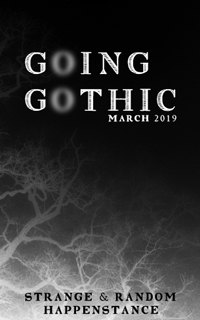
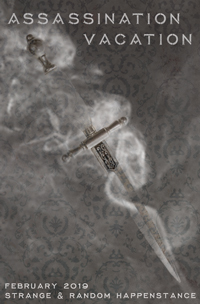
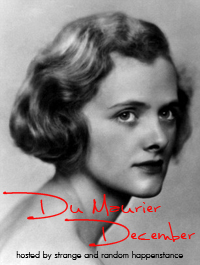
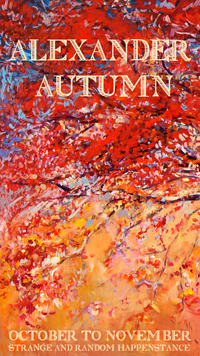
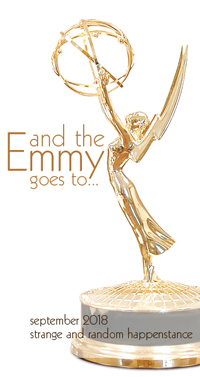




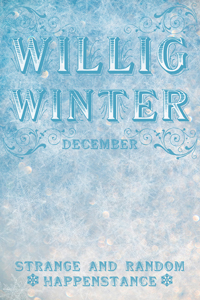

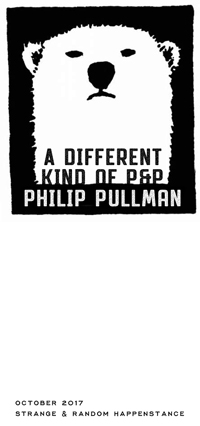



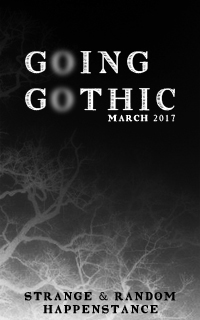

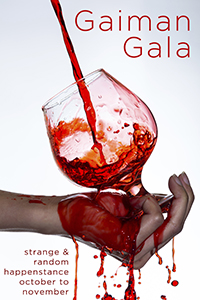
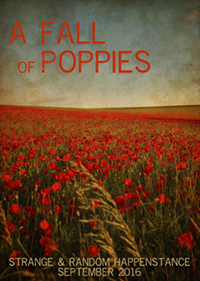



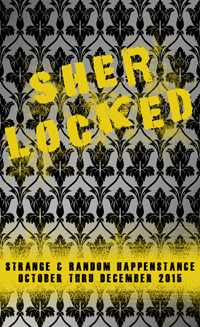

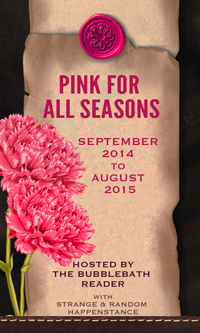
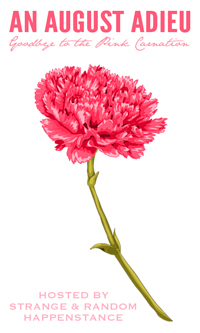

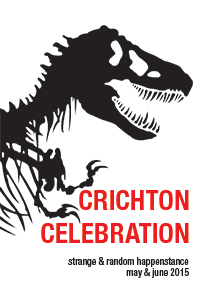


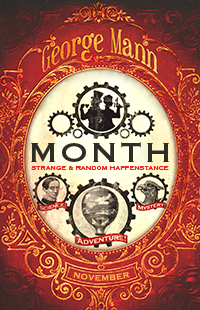

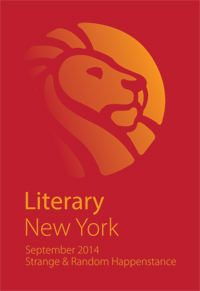
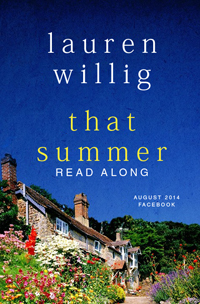



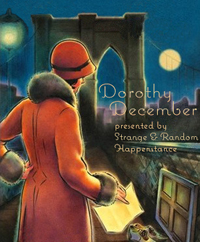























Great historical commentary. I had completely forgotten that Neysa McMein had made "Betty Crocker." Good stuff!
J.J. Murphy said... December 16, 2011 at 9:45 AM
Also, vote for which "guest star" will appear in an upcoming Algonquin Round Table Mystery. This also enters you into a contest to win a $25 gift card:
http://www.roundtablemysteries.com/contests.html
J.J. Murphy said... December 16, 2011 at 9:48 AM
Post a Comment